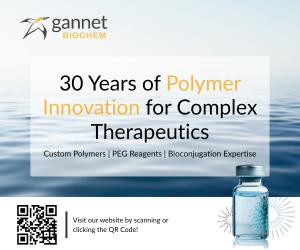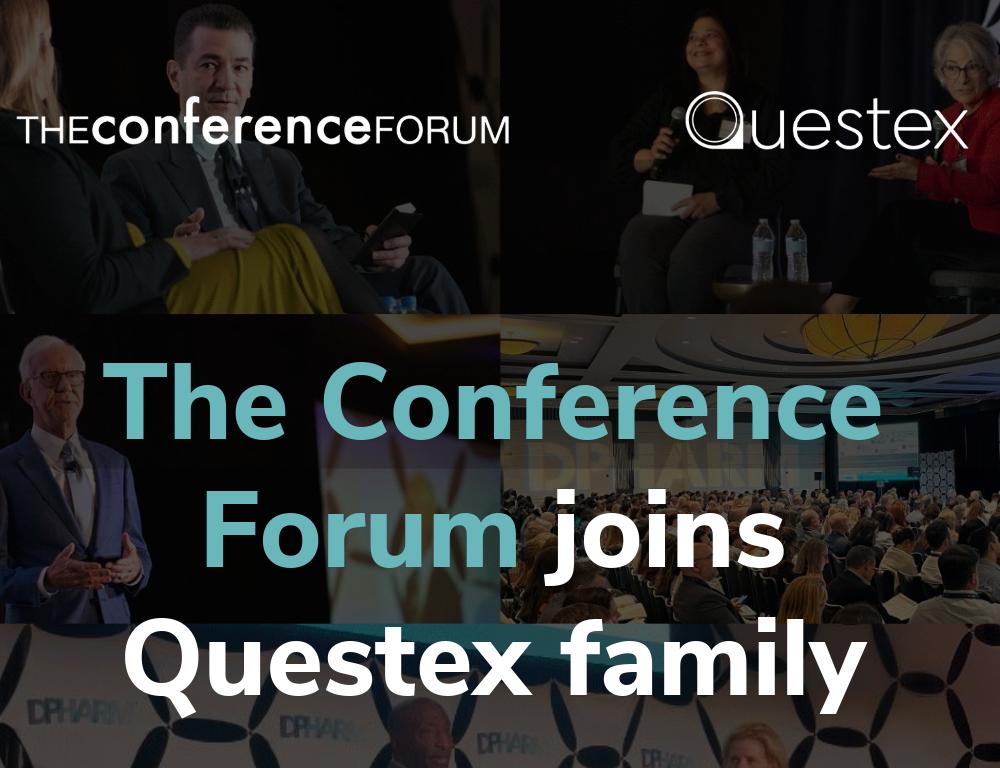Overcoming the Limitations of PLGA-Based Technologies to Enable Better Long-Acting Injectables
Current polymer technologies for delivering sustained release of drugs can be inflexible, especially when paired with biologics. Pendant Biosciences Founder and CEO, Shawn Glinter, discusses how their next-generation biodegradable polymer delivery system uses functionalization and cross-linking to more effectively tune release profile and polymer degradation.

What are the limitations with existing PLGA-based technologies?
Traditional PLGA- and PCL-based systems are relatively rigid in their chemistry, which limits how much you can tailor them for specific drugs. With these materials, you often face challenges like uncontrolled burst release, and your ability to adjust performance is restricted to small changes—such as end-group modifications or altering monomer ratios. In practice, that means either the formulation works with a particular API, or it doesn’t, with very little room for fine-tuning.
Pendant’s platform is different. We introduce functionality directly along the polymer backbone rather than just at the end caps. This design gives us a much broader toolkit to adjust release kinetics, reduce burst, and optimize compatibility with a wider range of molecules. In short, we can systematically tune the chemistry to meet the needs of the API, rather than being constrained by the limitations of legacy PLGA systems
Let’s address the current unmet needs with long-acting injectables.
One of the biggest unmet needs in long-acting injectables is the delivery of biologics. Unlike small molecules, biologics are highly sensitive to processing conditions and to their chemical environment. They can degrade when exposed to organic solvents or when exposed to acidic byproducts from polymer breakdown, which makes sustained release particularly challenging.
The opportunity lies in creating systems that can extend dosing intervals for biologics from days or weeks to three to six months, while still preserving the structural and functional integrity of the drug. Achieving this would transform both patient care and healthcare economics—patients would need fewer injections or infusions, and providers could reduce treatment burden overall.
The current limitation is that most established polymer systems, especially PLGA, generate degradation products that can destabilize biologics. As a result, very few companies have demonstrated the ability to consistently control biologic release profiles over long durations. Meeting this need requires materials and systems specifically designed to maintain biologic stability while enabling tunable, months-long release.
"The opportunity lies in creating systems that can extend dosing intervals for biologics from days or weeks to three to six months, while still preserving the structural and functional integrity of the drug."
How is Pendant working to overcome these challenges?
Pendant addresses these challenges through two core features of our polymer platform: backbone functionalization and controlled crosslinking. By introducing functionality along the polymer backbone, we can better stabilize biologics and reduce the risk of degradation caused by traditional polymer breakdown. Crosslinking then gives us precise control over release kinetics, enabling us to extend dosing intervals to many months while maintaining drug integrity. Together, these design elements allow us to overcome the limitations of legacy systems and open the door to long-acting biologic delivery.
Can you share some data?
We have both current and prospective partners looking for us to help them develop long-acting injectables for biologics. We're seeing a lot of activity in peptide delivery as well as monoclonal antibody delivery. We have seen some encouraging data as it relates to release profiles over several months.
Are there any compatibility limitations for Pendant’s polymer delivery system regarding type of drug or molecular weight of the therapeutic?
Our platform is best suited for potent therapies where sustained delivery offers the most benefit. For drugs that require very large doses, oral dosage forms or IV infusion are often more practical, especially when bioavailability allows. Where our system adds value is in enabling extended release of potent therapeutics over months, with the flexibility to adjust the release profile while maintaining drug stability.
"The most successful relationships are those where both sides contribute—our partners bring strong drug candidates, and we bring the delivery expertise to unlock their full potential."
Do you have limitations in burst control or how long the release timeline can be?
Controlling burst release is one of the major advantages of our platform. Unlike traditional PLGA systems, which often show unpredictable or uncontrollable burst, we can precisely tune the initial release profile. Depending on the therapeutic need, we can minimize burst to protect drug integrity or intentionally design for a higher burst if that benefits the treatment strategy.
On duration, we’ve demonstrated sustained release well beyond six months in preclinical models, with the ability to adjust degradation rates to fit different dosing windows. Today we can reliably design for anything from multi-month release to more than half a year, with a long-term goal in some cases to extend that control to year-long delivery.
Do you have any long-acting injectables projects you are currently running?
We’re actively working on multiple long-acting injectable programs with partners, most of which are in preclinical development today. While we don’t yet have assets in the clinic, several of these projects are advancing rapidly. One program is already on track for clinical entry within the next couple of years, and another has a clear path to the clinic once it achieves its defined success milestones. Our focus is on building a strong pipeline of long-acting injectable candidates that demonstrate both the versatility of our platform and its ability to address critical therapeutic needs.
What is Pendant looking for in terms of partnerships?
We’re looking for partners who not only see the potential of Pendant’s technology but also want to engage with us as true scientific collaborators. The most successful relationships are those where both sides contribute—our partners bring strong drug candidates, and we bring the delivery expertise to unlock their full potential.
We’re flexible in how we structure collaborations, but we look for companies that share our mindset: working side by side toward a common goal rather than a transactional ‘hand it off and wait for data’ approach. Ultimately, our focus is on advancing great medicines with great delivery systems—therapies that improve patient outcomes and quality of life. When we find partners who share that vision, we can create meaningful impact together.
"If both sides are open about their strengths and limitations, collaborations can be much more productive, and pharma can make informed investments in the technologies that will have the greatest impact. Ultimately, our goal is to advance therapies where our platform makes a real difference for patients."
Anything else?
One thing we believe strongly is that no single delivery technology can solve every problem, whether it’s for small molecules, biologics, or anything in between. The drug delivery field is full of opportunities, but it’s also full of claims that don’t always hold up. That’s why transparency is so important. Companies should be clear about what their platforms are truly capable of—and equally clear about what they are not.
At Pendant, we welcome those conversations. When pharma partners ask what makes us different, the answer is simple: our technology wasn’t designed to mimic others, it was built to address challenges that existing systems cannot. If both sides are open about their strengths and limitations, collaborations can be much more productive, and pharma can make informed investments in the technologies that will have the greatest impact. Ultimately, our goal is to advance therapies where our platform makes a real difference for patients.










